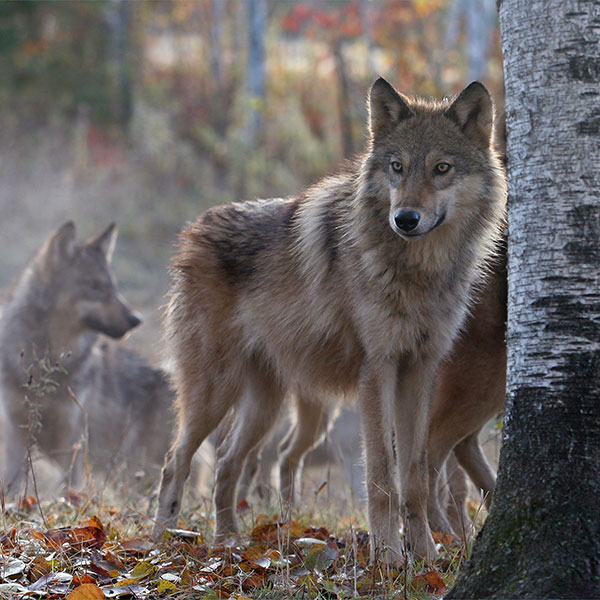
In December 2016, the U.S. Fish and Wildlife Service held five public meetings to discuss a proposal by nine oil and natural gas companies for an incidental take permit related to five bat species in Appalachia. If approved, the incidental take permit would exempt future oil and natural gas development operations conducted by the nine companies from the Endangered Species Act’s prohibition on incidental takes of threatened or endangered species. The meetings were intended to assist the Service in gathering public input as the environmental review process begins to determine the potential impacts of issuing the incidental take permit.
If approved, the Service would issue a 50-year incidental take permit as part of a habitat conservation plan proposed by the oil and natural gas companies. The proposed habitat conservation plan includes measures to ensure that impacts from incidental takes of covered species and impacts to those species’ habitats will be minimized and mitigated to the maximum extent practicable. If approved, the incidental take permit would cover a wide spectrum of oil and natural gas activities, including activities associated with access roads, staging areas, seismic operations, well pads, drilling rigs, waterlines, disposal wells, impoundments, gathering and midstream pipelines, well pad restoration, and well plugging.
Since 2006, certain bat species have suffered devastating effects from white-nose syndrome, a fungus that inhibits normal hibernating activities. Hibernacula with white-nose syndrome have mortality rates between 90-100%, and the disease was the predominant reason why the Service listed the Northern Long-Eared Bat as threatened on January 14, 2016.
On January 17, 2017, the U.S. Geologic Survey published “Effects of Wind Energy Generation and White-Nose Syndrome on the Viability of the Indiana Bat,” a study that examined the combined impact of wind turbine collisions and white-nose syndrome on Indiana Bat populations in the midwestern United States.